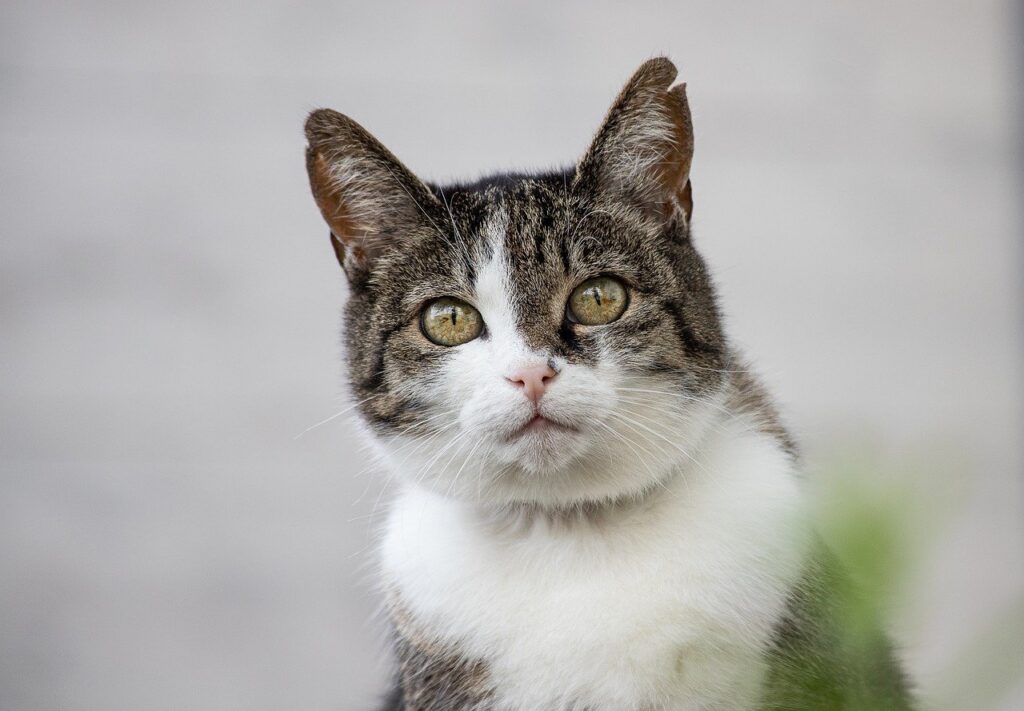Quality katanas are difficult to find especially if you’re looking for genuine renditions. There are a lot of samurai swords on the market, however an excellent amount of them aren’t the genuine offer. We took the time to collect a couple of katanas you could think about adding to your blade collection. They vary from practical katanas to ones too stunning to in fact utilize. And, we even threw in a quality bokken, in case you want to follow the Bushido and get some sword battling abilities for a prospective zombie apocalypse in the future.
Samurai swords are made using high-quality steel understood by the name of ‘tamahagane’. This steel is consistently heated up, forged, layered, folded, and tempered. Layers of clay, with differing density, are applied as part of the specialized differential hardening treatment that makes the blade specifically sharp and shock-absorbent. The swordsmith duplicates the painstaking layering process up until they more than happy to have the sword polished. The very best swords can take up to 18 months to craft.
To become a Japanese swordsmith, one should carry out an apprenticeship with a master sword maker for 5 months. Once prospective smiths complete their training, they still need to pass a national certification test that happens over a period of eight days. As soon as accredited, developing a reputation as a reputable sword maker can take years. There are only around 180 working tradition Japanese swordsmiths today.
The Samurai regularly owned and utilized Katana because they gave them a severe advantage in close battles. Katana are commonly worn by their owners with the blade facing upwards and towards the enemy. It was brought by holstering it to the belt worn in conventional Japanese style clothing. Having the blades, sharp edge faces the enemy at rest supplied an enormous advantage to the Samurai. They were able to assault their enemy is one single quick movement of the sword. This quickdraw was fatal for the Samurai’s opponent and did not give them time to react in close contact sword battles. In times of peace, the Samurai wielded Katana represented master craftsmanship and regard for the solidified battle-ready experts who displayed the Katana.
The creativity and development of ancient and contemporary Katana building and construction are not limited to the blade. Craftsmen regularly utilize different materials and shapes while making manages and handguards. A number of them will also incorporate signature color schemes and inscribe special fittings. Unfortunately, due to the modern-day culture of mass-produced industrial products has not spared the modern-day Katana. If you have an interest in buying an authentic Katana, it is best to prevent low-cost and low-quality Katana that are typically sold. The good news is that there are still craftsmen and facilities that continue to produce and offer exceptional personalized Katana. They keep the concepts and traditions of constructing Katana that follows the essence of the true spirit of the Japanese Samurai concepts of rectitude, guts, altruism, regard, honor, and commitment.
Made with completely sharpened 1060 carbon, the katana sword from Cold Steel’s Emperor Series is a reliable update to a timeless weapon. The blade is heat-treated to a difficult spring mood and finished with an immaculate mirror polish. It also has a ray skin deal with, black braid cable, and brass menuki, in addition to a black lacquered wood scabbard. Cold Steel shows their sword can cut through 5 pieces of bamboo with ease.
The relationship between polisher and swordsmith in Japan has been compared to that of the composer and the musician. Both are needed to craft a magnificently realized artwork. When a smith has completed making the blade, its main features are invisible up until a polisher goes to work drawing out the quality of the workmanship. A bad polishing task can entirely ruin months of work. Polishing is necessary as it highlights the steel’s grain and mood line, which are essential to a sword’s appearance and total value.
The katana was not just a weapon of defense however a grace tool to assist in a ceremonial Japanese suicide called seppuku, which was carried out when a warrior brought pity to himself. Japanese Samurai swords types , or an appointed 2nd individual on duty for the routine, is normally a samurai on standby who is ready to behead the individual carrying out seppuku. The kaishakunin bases on the left side of the individual dedicating the routine suicide and draws his sword gradually and silently, raising it with his right hand, waiting on the seppuku to be carried out.
Subscribe to Updates
Get the latest creative news from FooBar about art, design and business.
4 Mins Read
7 Incredibly Easy Suggestions To Increase Your Japanese Samurai Katana
Previous Article4 Elegant Ideas For Your Game Slot
